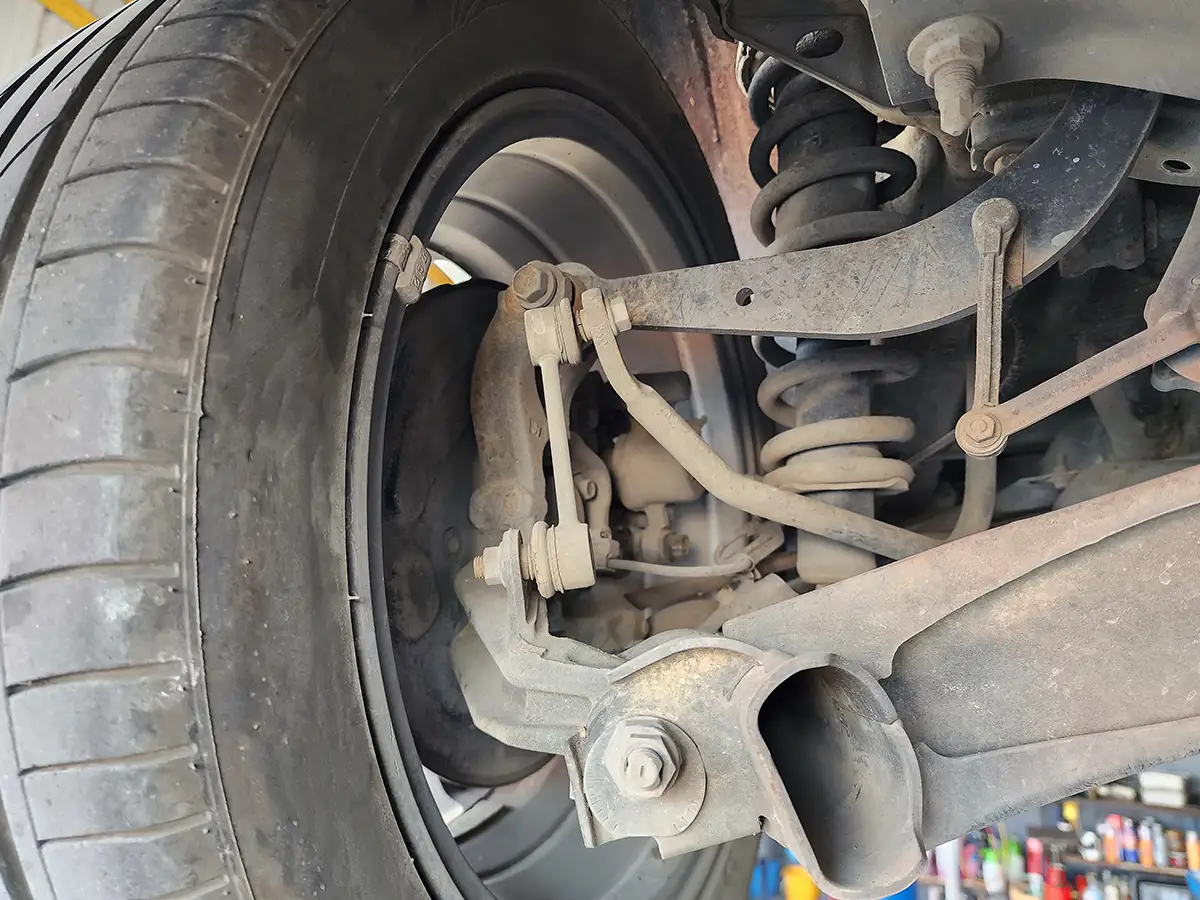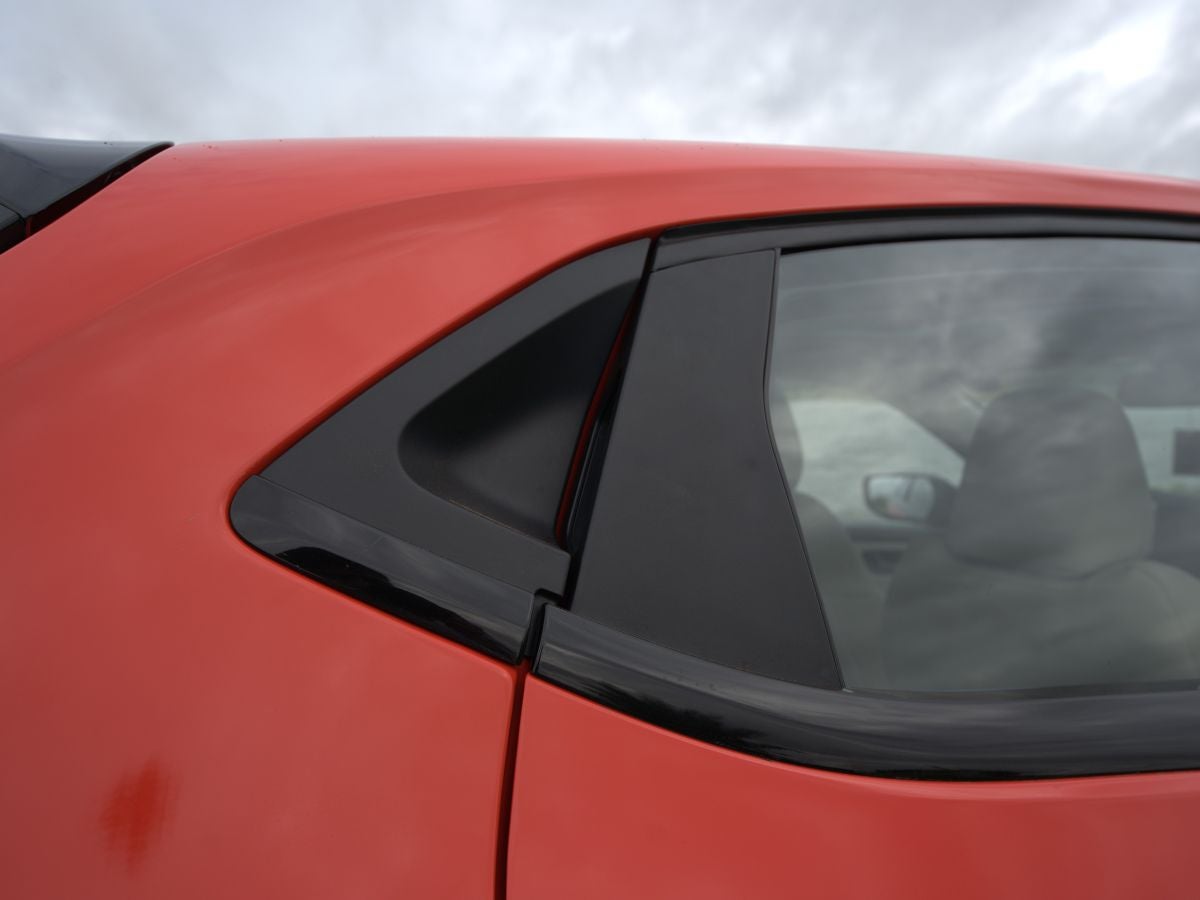

Car Test Drive Guide - Spotting Hidden Suspension And Alignment Problems
- 1Spot suspension issues during a used car test drive
- 2Check steering, tyre wear, and ride stability for safety
- 3Professional PDI ensures accurate alignment and suspension checks
A test drive is more than just a brief spin to experience the feel of a vehicle. It is your best opportunity to find issues that might not be apparent while the car is parked. Until you test drive the vehicle, suspension and alignment issues are frequently undetectable. They have an impact on overall driving confidence, comfort, safety, and tyre life. By being able to spot these symptoms during a test drive, you can avoid purchasing a car that will only cause problems down the road and avoid unforeseen repair costs.
Why Suspension and Alignment Checks are Essential
The suspension system keeps the car stable while running on the highways and keeps passengers comfortable by absorbing bumps over rough patches. A fault in the suspension leads to poor handling, uneven tyre wear and even reduced braking performance. On the other hand, wheel alignment ensures that the tyres point in the correct direction and meet the road at the right angle.
When the suspension system has issues and the alignment is incorrect, the car may pull to one side or feel unstable at higher speeds. Ignoring these issues not only reduces driving comfort but also compromises safety and adds to the running costs.
First Impressions Before Test Drive
Before you start the test drive, just walk around the car and look closely at the tyres. If you spot uneven wear patterns then it means misalignment or suspension faults. For example, heavy wear on the inner edge of tyres means negative camber or worn-out suspension bushes, while feathered tread suggests misalignment.
Check this for all four tyres because patterns usually differ between axles. Look under the arches for oil marks on the shock absorbers. It there are oil marks, it means the dampers are leaking. A sagging corner or uneven ride height shows broken or tired springs. After this, push down gently on each corner of the car and release. The body should rebound once and then settle. If the car body bounces more than once, it would mean the shock absorbers have lost effectiveness.
Steering Feel and Straight Line Stability
Keep a close eye on the steering's behavior once you start driving. If the car pulls to one side on a straight and level road, just loosen your grip on the steering wheel a little. A persistent drift indicates suspension imbalance or misalignment. When driving straight, the steering wheel should be centered.
In this case, the steering geometry is probably not up to par if it tilts off-center while the vehicle maintains a line. Wheel imbalance or worn-out tyres are frequently the cause of slight vibrations through the wheel at constant speeds. More intense vibrations that intensify with speed could be an indication of bent rims or failing wheel bearings.
Handling During Lane Changes and Bends
After the straight line stability test, try a gentle lane change at moderate speed. A healthy car will respond smoothly without hesitation or wandering. If the car feels unstable or jerks sharply, it may point to weak bushes or poor geometry. When you turn into a bend, the steering should feel consistent and controlled. Listen for any clunks or knocks as you turn because these noises usually come from worn ball joints or drop links. On tighter turns at lower speeds, any grinding sound could mean the wheel bearings are worn.
Behaviour Over Bumps and Rough Roads
Once you are done with straight line and lane change tests, its time for ride over bumpy roads. A good suspension setup will absorb bumps without sending harsh jolts through the cabin. Drive over a few speed breakers slowly and notice how quickly the car settles. If it bounces repeatedly or feels floaty, then the shock absorbers are not doing their job. Pay attention to any knocking noises when braking over rough surfaces, as these suggest loose mounts or failing suspension arms. Further, on patchy or uneven roads, squeaks and rattles can point towards worn bushings or strut mounts that need attention.
Tyre Wear During Inspection
After completing the drive, take another look at the tyres. Inner edge wear often means negative camber. Outer edge wear points to underinflation or positive camber. Cupping or scalloping across the tread indicates weak shock absorbers. Tyres are costly, and uneven wear shortens their life, so this is an important clue to take seriously. Photographs help you compare patterns later or show evidence to the seller.
When to Seek Professional Help
While some problems are obvious, others require the right instruments to manifest. To accurately diagnose issues, professional car inspectors use lifting apparatus, alignment rigs, and pressure testers. Before making the purchase, it is advisable to request a thorough inspection if you observe a strong pull, continuous clunks, or intense vibration. In addition to safeguarding your funds, an independent report improves your negotiating position with the seller.
If you prefer a thorough professional evaluation, then you can book a Pre Delivery Inspection, which covers every suspension and alignment check in detail and gives you complete clarity before purchase.
Conclusion
A thorough test drive reveals a lot more than a well-executed paint job or glossy advertisement. You can find hidden suspension and alignment issues by paying attention to tyre wear, steering feel, cornering stability, braking behavior, and ride comfort. You can learn something about the history and condition of the car from every sign you see while driving. This step should not be hurried, and you should never disregard strange vibrations or noises. To ensure that the vehicle they drive home is safe, dependable, and worth the money, a savvy buyer always relies on both their gut feelings and appropriate inspections.
Frequently Asked Questions
Expand all


























